It’s really easy, as historians and archaeologists and regular folks who are generally interested in past societies, to get caught up in discussions of origins: a pristine invention of agriculture, the earliest evidence of a new metallurgical technology, the first people to enter a continent. I’m not immune to this; whether it’s how people first learned to ride a horse or how social inequalities first sprouted, I’d like to know more about it.
But things don’t stop after that initial innovation or burst of migration. People keep doing stuff; they live, have children, and die. Whole ways of life and cultural traditions might last for millennia, only to later disappear, along with the groups of people that had produced them.
The Americas after their initial peopling are a fascinating example of this dynamic. Thousands and thousands of years passed between the arrival of the first migrants from Beringia and the development of agriculture, complex societies, and finally full-blown states.
The Clovis culture is famous, prototypical big-game hunters who came into an abundant new land with their distinctive fluted projectile points and dispersed far and wide:
But things were never static. People tried new things and abandoned them. The very landscape changed around them as temperatures rose and fell and rose again. Sea levels rose dramatically. Patterns of precipitation shifted. Boreal forest replaced frigid grassland, and more welcoming mixed forest replaced the boreal. Shellfish proliferated along the rivers of eastern North America. Herds of massive archaic bison wandered the Great Plains. Stands of wild grasses like teosinte filled the tropical forests of southern Mexico. The currents of the Pacific teemed with fish.
Each of those environments offered something to its inhabitants. On the Plains, the pursuit of bison became a massive endeavor, an art pursued by generation after generation of clever and enterprising hunters. At the Olsen-Chubbuck site in what’s now Colorado, one group around 8,000 years ago drove a huge herd of bison into a narrow gully, where they pelted them with thrown spears. The trapped creatures were so tightly packed, crammed in layers on top of one another in their mad rush to escape, that many were crushed or suffocated to death.
It was a massive boon for the people of the Cody Complex, as their archaeological culture is known, who killed them. At least 193 bison died at the Olsen-Chubbuck site, so many that the hunters couldn’t even reach the bottom layer. They skinned and butchered their kills on site, eating the tongues as delicacies immediately, carrying away the skins, horns, and all the meat they could carry.
The use of the gully was a clever way of trapping large numbers of prey at once. There were others: a herd might be driven over a cliff called a buffalo jump, one animal after another, falling to their deaths and ready to be collected at the bottom. Some of these buffalo jumps were in use for thousands of years, like Head-Smashed-In Buffalo Jump in Alberta:
When gullies and cliffs weren’t readily available, hunters sometimes intentionally modified the landscape: They might use nets or fences to block avenues of escape, or create drive lanes out of earth and stone to channel their prey.
That was just one way of living in the Americas in the long millennia before the invention of agriculture. There were many others.
The Pacific coast of South America doesn’t seem particularly welcoming. It’s one of the driest places on the planet; some spots in the Atacama Desert, along the border between Peru and Chile, have literally never recorded rainfall.
But just offshore, within sight of this desolate landscape, lie some of the richest waters in the world. Thanks to the Humboldt Current, cold waters bring nutrients up from the depths, where millions of anchovies, mackerel, and sardines feed on the abundant plankton. Marine mammals and seabirds that feed on these creatures abound, an immense variety of maritime resources for those able to exploit them.
The earliest settlers of South America probably followed these currents, making their living from the sea as they came south. Despite its aridity, the coast was certainly more welcoming than the Andean highlands that lay inland; it took millennia more to figure out how to make use of the resources of the high-altitude grassland and mountain valleys. Where fresh water was available, around the infrequent rivers and streams that flowed out of the heights toward the Pacific, life was pretty good.
After about 9,000 years ago, the temporary encampments that had characterized life on the coast were replaced by permanent settlements. These belonged to what’s known as the Chinchorro culture, and they’re some of the first villages in the Americas.
The Chinchorro depended on the sea. Isotope analysis of their bones suggests that at least 90 percent of their diet was marine, rather than terrestrial. They made fishhooks from cactus spines and wove fishing nets from natural fibers. Where shellfish were available, they harvested them by the thousand, piling up their shells in enormous mounds.
But theirs was a hard life. Men often had bony growths in their ear canals, what’s known as diver’s ear, from repeated exposure to cold water. Both men and women suffered from serious back problems. Violence was apparently common, judging by the number of broken noses, skull fractures, and parry fractures (broken arms from warding off a blow) visible on their skeletons.
The Chinchorro are famous for their burial rites. They were the first people in the world, so far as we know, to mummify their dead:
The arid Atacama naturally produces mummies; the environment dries out corpses, preserving them exceptionally well. Around 5000 BC, for reasons that aren’t clear, the Chinchorro began to intentionally mummify their dead. The rites and techniques changed over time, but always involved the removal of organs and soft tissue, the reinforcing of the corpse with grass and sticks, and the application of clay or something similar to model the individual’s face.
Mummification was a tradition that would last for many thousands of years in the Andes, until well after the arrival of Europeans in the 16th century. It grew in elaboration and social meaning, but found its first expression among the Chinchorro.
The hunters of the Plains and the seagoing Chinchorro were just two of the ways of living in the Americas in the long millennia after people first arrived. There were many others, including the arborists of Amazonia, the early maize cultivators of Mesoamerica, and the shellfish-collectors of the eastern American woodlands. By 4000 BC, when the Chinchorro were making mummies, full-blown agriculture and complex societies were just around the corner.
Variety was the rule, and these diverse ways of living are the topic of today’s episode of Tides of History. Check it out if you’d like to know more.




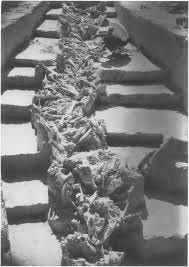
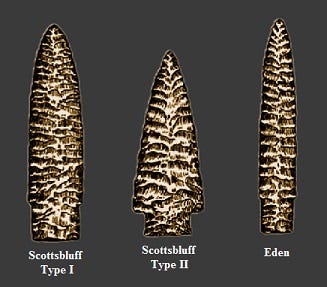

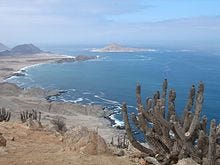
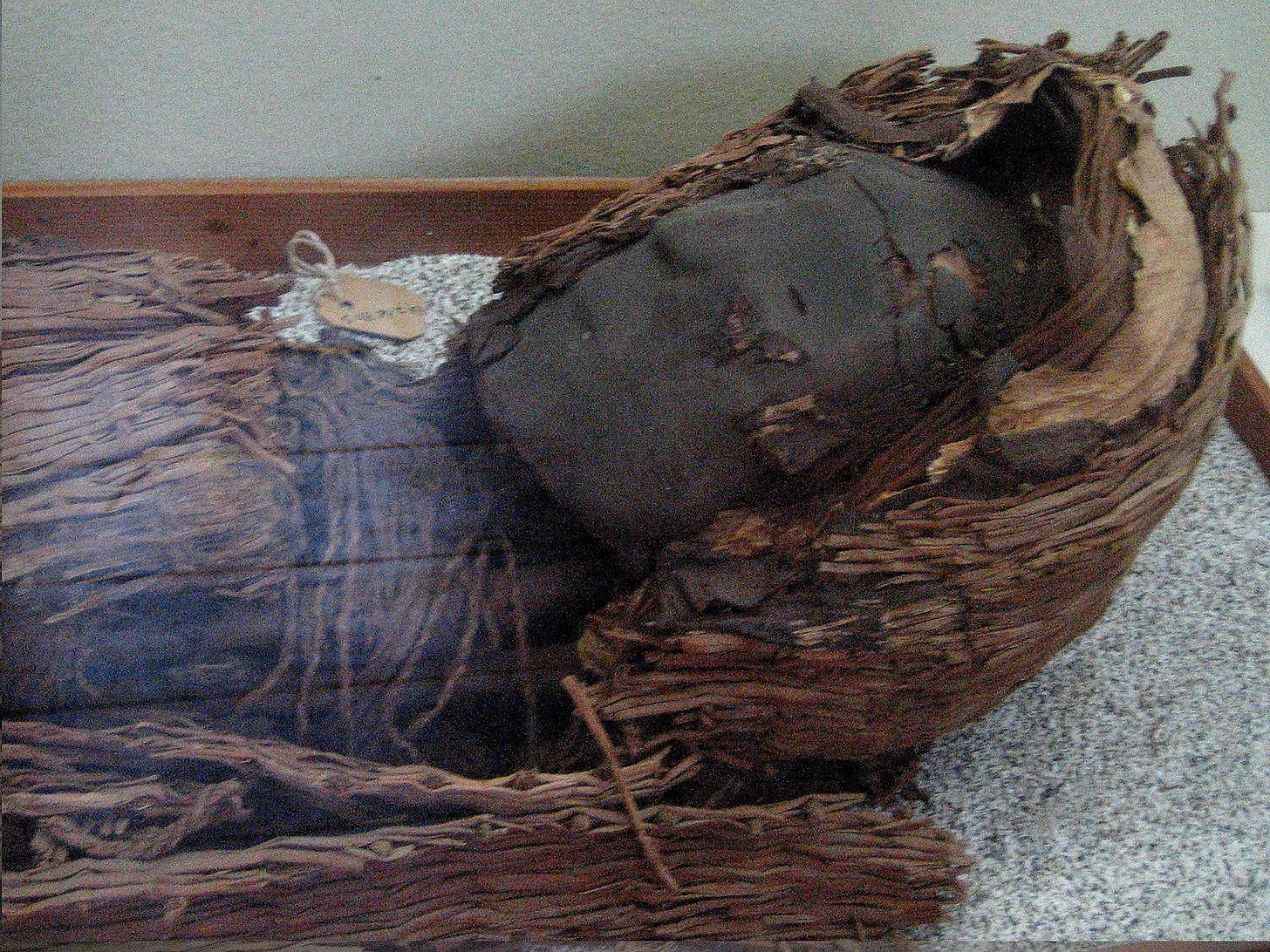
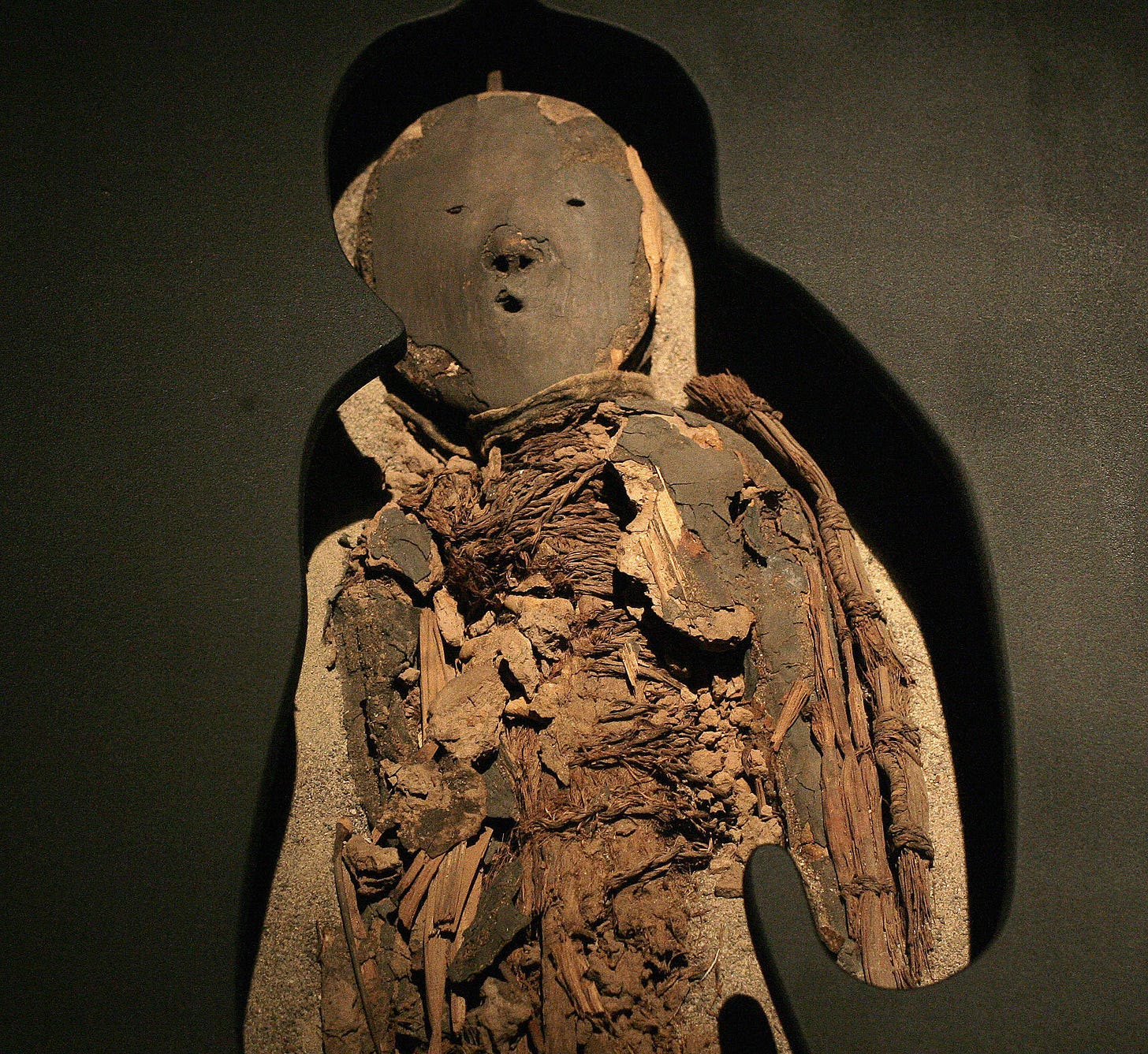
Hi Patrick, a couple of questions:
1) In the episode and in the interview with Peter Bellwood you mention a theory about higher levels of CO2 in the atmosphere causing teosinte to look more like modern maize. Do you have a source you can point out for that? It sounds really intriguing.
2) In the overview, you didn't mention the people of Llanos de Moxos. Archaeological evidence points to them cultivating crops like cassava as early as 10,000 BP. I don't know if you have plans to talk about them, but I'd be happy to point you towards some resources on the topic.
Fascinating article! 👍👍👍